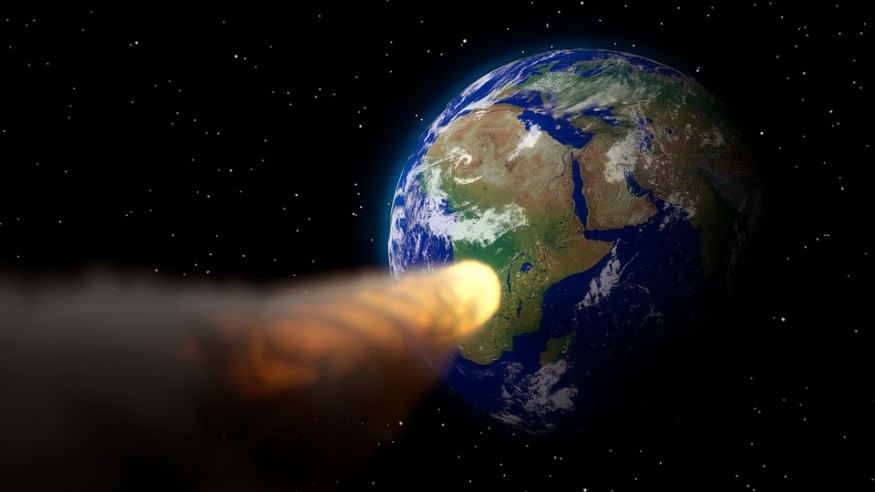Asteroid 2022 GN1 was only recently discovered, and it's already on its way out the door - but not before getting a little too near Earth.

Passing By
According to the Minor Planet Electronic Circular, the asteroid will pass within 79,000 miles of Earth, or approximately one-third the distance between Earth and the Moon, which was released yesterday. Fortunately, the asteroid will pass us by without causing any damage to Earth or its inhabitants. On the other hand, Earthlings will be able to see the asteroid as it travels.
The asteroid is thought to be between 23.6 and 52.5 feet in diameter. It's believed to be between the length of a city bus and a single letter of the Hollywood sign since humans adore comparing objects in space to items on Earth. If giraffes are your favorite unit of measurement, the range is between 1.3 and 2.8. If you prefer a sports comparison, imagine a stack of between 3.3 and 7.4 Shaquille O'Neals. That's quite a collection of Shaqs.
A Pretty Modest Size
Because of its modest size, the asteroid had previously avoided detection. While most massive near-Earth objects have been cataloged, many agencies and observatories strive to discover ever-smaller ones. Not enough to wipe off the dinosaurs, but enough to cause local mayhem if they enter our atmosphere.
For example, in 2013, the Chelyabinsk meteor, comparable to 2022 GN1, erupted over the Russian city of the same name, injuring over 1,000 people and necessitating medical attention, most of whom were injured by shattered glass. It had around 20 to 30 times the strength of the Hiroshima atomic bomb, but it didn't cause extensive damage since it disintegrated in the high atmosphere.
Asteroid Orbit
Like many of its Apollo asteroid family members, the asteroid has a wide Inner Solar System orbit that takes it far past Mars' orbit before swinging back past Earth, with its closest approach to the Sun somewhat outside Venus' orbit. It will be visible in the constellation Virgo for this encounter, albeit only the most experienced backyard astronomers may be able to see it.
Referring to Archives
Other observatories have gone through their archives and discovered 2022 GN1 in observations dating to March 5, 2022, although it was only reported yesterday. NASA has classified it as a potentially dangerous asteroid due to its close approach to Earth, although this is its closest approach in at least 140 years. According to NASA statistics, it last passed near Earth in 1952 and will have far fewer close visits in 2030 and 2033. It won't pass by Earth again until 2156, so this is the closest it'll become dangerous, and it'll miss us by a long way.
Despite this, astronomers are attempting to improve their knowledge of tiny near-Earth objects. For example, the future Vera Rubin Observatory will be able to identify objects 10 to 100 times the present observation power, allowing scientists to keep a closer eye on these giraffe-to-several-Shaqs-in-a-trenchcoat-sized things.
For more Space news, don't forget to follow Nature World News!
© 2025 NatureWorldNews.com All rights reserved. Do not reproduce without permission.





